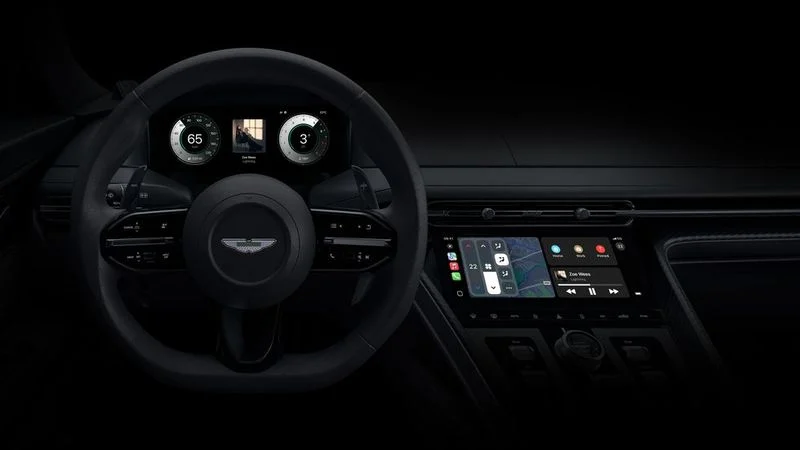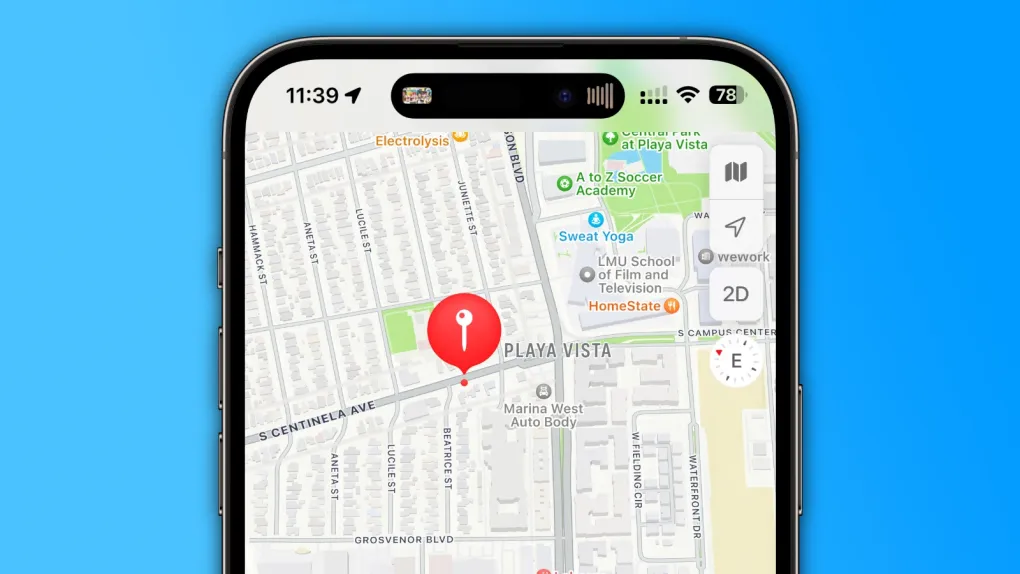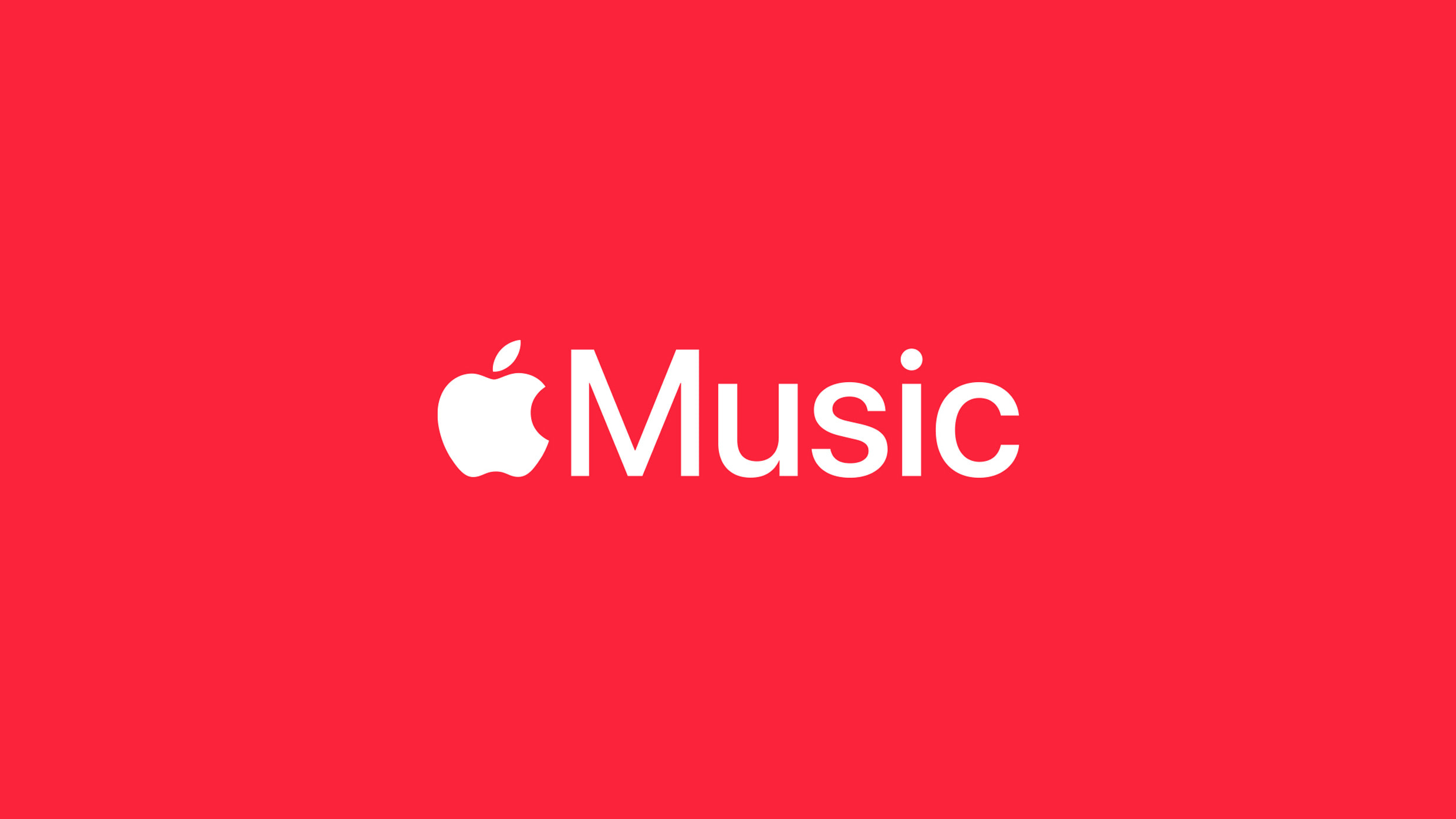Apple has released CarPlay Ultra, a big improvement that resolves a common issue that many vehicles currently have. Thanks to this new version, you can now use CarPlay wirelessly in cars that only have a USB video connection.
In most cases, wireless CarPlay needs to be used in cars that are built with the special hardware needed for wireless video streaming. Many vehicles that depend solely on USB for video aren’t compatible with wireless CarPlay. With CarPlay Ultra, Apple is making it easier.
With this feature, video compression and streaming are performed quickly and over USB so you don’t miss a thing. It also gives cars without this feature the ability to use wireless CarPlay. People who would like to avoid having to carry or plug in cables find it especially helpful.
Studies show that CarPlay Ultra gives the same, smooth experience as standard wire-free CarPlay for the vast majority of users. The changes are forecasted to help older cars and those at the low end of the market.
During the WWDC 2024 event, Apple exhibited CarPlay Ultra and confirmed that the first vehicles equipped with it will appear in late 2025. With this update, many more drivers could start to use wireless CarPlay.
All in all, CarPlay Ultra makes CarPlay accessible without cables in many more cars, even those that have limited tech already, making life easier.





